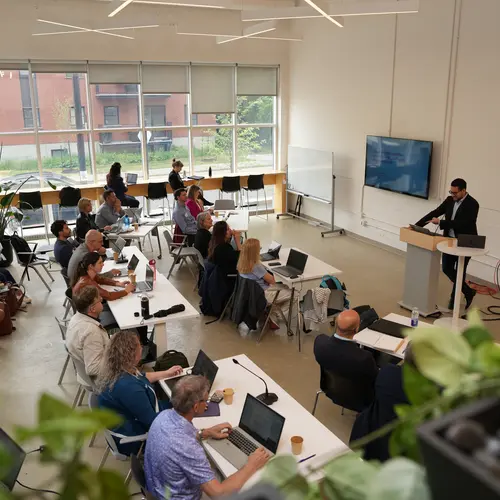
Laura J. Pollock
Biography
I am an assistant professor of conservation, ecology, evolution and behaviour in the Biology Department at McGill University.
As a quantitative ecologist, I am interested in large-scale patterns of biodiversity at regional, continental or global scales. My research focuses on the effects of climate change on biodiversity, which combines many biodiversity data inputs with predictive models. The second part of my research is focused on optimizations for identifying key biodiversity areas and efficient conservation solutions.



